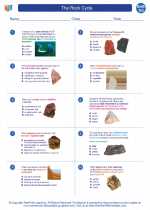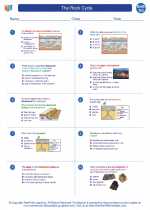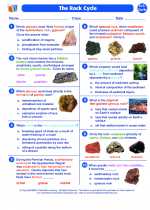Supercell Storms
Supercell storms are a type of thunderstorm that are characterized by a persistent rotating updraft called a mesocyclone. These storms are known for their potential to produce severe weather such as large hail, damaging winds, and tornadoes. Supercells are often responsible for some of the most extreme weather events that occur across the world.
Anatomy of a Supercell
Supercell storms are typically characterized by a well-defined updraft, a rotating mesocyclone, and a distinct anvil-shaped cloud formation. The updraft of a supercell is powerful and persistent, allowing the storm to maintain its strength for extended periods of time. The rotating mesocyclone within a supercell is a key feature that sets these storms apart from other types of thunderstorms. This rotating updraft is often the precursor to tornado formation within a supercell.
Formation and Conditions
Supercell storms often form in environments with strong wind shear, which creates the necessary conditions for the development of a rotating updraft. Moisture, instability, and wind shear are all important ingredients for the formation and sustenance of supercell storms. These storms can develop in various regions, but are most common in the central United States, where the conditions for their formation are frequently present.
Study Guide
- What is a supercell storm?
- Describe the key features of a supercell.
- What environmental conditions are conducive to the formation of supercell storms?
- Where are supercell storms most commonly found?
- Explain the role of wind shear in the development of a supercell.
◂Earth Science Worksheets and Study Guides High School. The Rock Cycle

 Worksheet/Answer key
Worksheet/Answer key
 Worksheet/Answer key
Worksheet/Answer key
 Worksheet/Answer key
Worksheet/Answer key
 Vocabulary/Answer key
Vocabulary/Answer key
 Vocabulary/Answer key
Vocabulary/Answer key
 Vocabulary/Answer key
Vocabulary/Answer key
